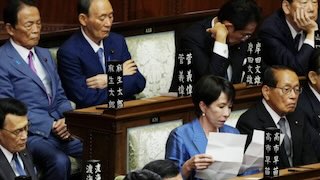Jul 14 (Al Jazeera) - Japanese Prime Minister Fumio Kishida has blamed inadequate police security for the death of former leader Shinzo Abe, who was shot while giving an outdoor campaign speech.
Abe, one of Japan’s most influential politicians, was assassinated on July 8 in the city of Nara, shocking a nation known for its low crime rate.
Photos and videos of the shooting show the attacker was able to come close to Abe.
Kishida said officials at the National Public Safety Commission and National Police Agency were investigating what went wrong and would come up with measures.
“I urge them to fix what needs to be fixed, while also studying examples in other countries,” he said.
The suspect, 41-year-old Tetsuya Yamagami. was arrested immediately and is being questioned in custody. Police and media reports say he told investigators that a rumoured link between Abe and a religious group the suspect hated was the reason he shot him.
Paying tribute to Abe, Kishida said Japan’s longest-serving prime minister had “many great legacies to his name across a wide variety of issues.
“This includes taking on the heavy responsibility of being premier for our country with outstanding leadership and action over the course of eight years and eight months – the longest in modern history – when in the midst of domestic and global tension.”
Kishida said Japan would hold a state funeral for Abe in the autumn. A smaller funeral ceremony was held at a temple in Tokyo on Tuesday, The last state funeral for a former prime minister was for Shigeru Yoshida in 1967.















